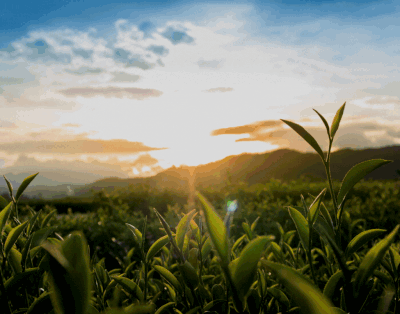“A drive to embrace new technology and change,” answers data scientist and CEO of Alice Camera, Vishal Kumar, when queried about what sets Alice Camera apart from other camera companies. He found that existing mirrorless cameras were too cumbersome and decided that a shift was needed in the camera industry. This stirred up multiple ideas in his head, which eventually led to the creation of the Alice Camera. We caught up with Vishal and his team for an exclusive interview about the upcoming camera and an insight into the AI algorithm it uses to produce pictures.
You can view this article and much more with minimal ads in our brand new app for iOS, iPadOS, and Android.
If you’re a millennial like me or older, chances are that your family had a compact camera even if there was an SLR in the household. It was the go-to camera for parties and trips around the country. You didn’t have to think much while using it; most of the time, the inbuilt AF and metering system got a decent picture. Somehow, when the digital camera revolution came about, digital compact cameras didn’t last very long. I wouldn’t say that’s because DSLRs quickly became more affordable; it’s just that the smartphone camera became more convenient. Here was a device that did more than just calls and messaging – it was the perfect pocket-sized camera to carry with you everywhere. And with the average person taking photos primarily for social media purposes without any real intent to print them, the quality they provided proved to be more than enough.
Camera specs and features drive smartphone sales more than anything else these days. It’s what phone manufacturers use first these days when promoting the features of their smartphones. These days, some smartphone cameras have a higher resolution sensor than the average DSLR or mirrorless camera. A handful of them even enlisted the service of leading camera brands like Leica and Hasselblad to develop technology for their smartphone cameras. And the most prominent casualty as a result of the rise of the smartphone was the compact camera. When your smartphone camera can do everything it does, and sometimes even better, what was the need to carry around a dedicated camera in your pocket or bag?
Maybe three years ago, I was at a photo walk when someone introduced me to a Huawei smartphone. It wasn’t the specs of the camera’s sensors and lenses that amazed me; it was the inbuilt scene recognition AI it had. Depending on where you pointed the lens, the phone’s AI could recognize the subject and enhance the color and details accordingly. Skies turned bluer and sand warmer if you aimed it at the beach. Food on your plate popped in color and looked more appetizing. Even when you took a selfie, you had the option of smoothening your skin. I can’t conclusively say if Huawei was the first to introduce AI into their smartphone photography, but they certainly made me realize one thing – camera manufacturers needed to innovate faster.
Gadgets like the Arsenal 1 and 2 have attempted to make some headway in this regard, but Vishal and his team hope to shake things around with their Alice Camera. They believe that the way forward to getting better images for the average consumer is to harness the powers of computational photography. They acknowledge that professional cameras and lenses will always provide superior images to those coming from smartphones. But by adding AI techniques to these systems, they are looking to add ways to increase their image quality by leaps and bounds. They’re not the first to try and do something like this. Cameras like the Zeiss ZX1 and open platform Olympus AIR A01 had close smartphone integration but failed in the seamless execution of this idea. They don’t see camera brands taking this initiative soon, so the team at Alice Camera decided to drive the change forward by themselves.
The Phoblographer: Please tell us about yourself and how you got into photography.
Vishal Kumar– CEO, Alice Camera: I’m a cultural data scientist and content creator with over 30,000 followers on social media. My speciality is to apply data science to arts and culture and I’m a public speaker in creative AI. I was producing videos as a content creator and educator and found the mirrorless cameras on the market extremely cumbersome for producing videos. I’m mainly interested in cameras for producing videos.



